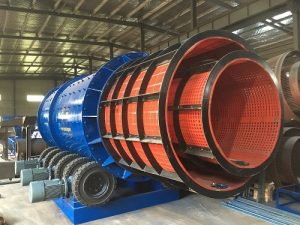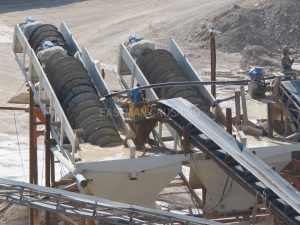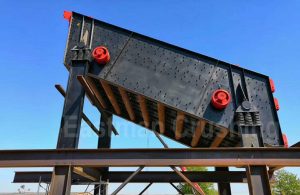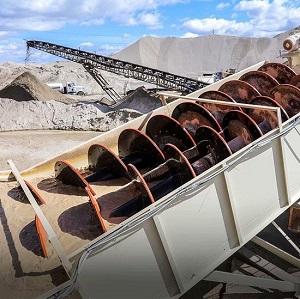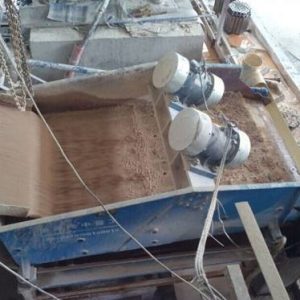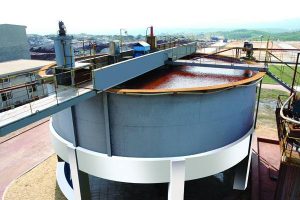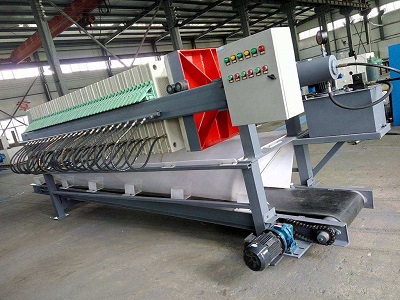eastman sand washing
quarrying specialist
Sand washing plant
material
introduction
Eastman Sand Washing Plant processes sand from its original state into products that meet various uses and needs. The process requirements vary with the input and output required, usually includes scrub, deslime, wash, classification, dehydrated, and wastewater management.
For customers who want to maximize output and produce accurate graded products that meet the needs and specifications of end users, a customized sand plant is the best solution. Whether for the natural sands or manufactured sand, clean or much impurity contained, coarse or fine, Eastman can provide a factory specially designed to meet your needs.
Iron ore processing flow
3. Pumping
Centrifugal slurry pumps are the preferred way to transfer slurry from one process to the next. Pumps are also used for wastewater treatment. Although there is resistance to using a pump on a gravity conveying unit, the gravity conveying unit may not be able to capture marketable materials. These losses directly become waste, and will eventually make you lose money in the long run.
4. Desliming
If there is a large amount of ultrafine material in the feed, it is usually necessary to remove impurities before classification. The high content of suspended clay may adversely affect the classification efficiency, resulting in reduced benefits. Hydrocyclones have become the preferred desliming equipment due to their high shear force and effective classification performance. Their controlled overflow reduces the power consumption required for pumping to downstream stages.
6. Dewatering
The most commonly used dewatering equipment is fine screw and dewatering screen. So far, the lowest moisture content can be obtained by using a dewatering screen. By improving safety (reducing cleaning work around the conveyor belt), better housekeeping (almost no inventory water loss) and more direct availability, dewatering screens have become the preferred equipment for dewatering the final product.
7. Effluent Treatment
Water is a very precious resource, so it has become a requirement to recycle water as part of any permitting process. The most commonly used equipment is a thickener. In most cases, 85% of the process water can be recycled for reuse. Another most economical and effective method is to build a dedicated water tank to reduce percolation and evaporation losses.
